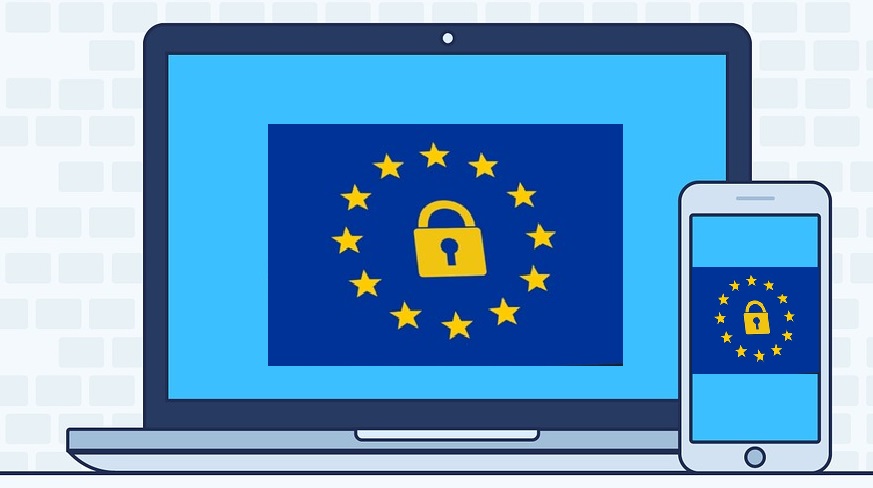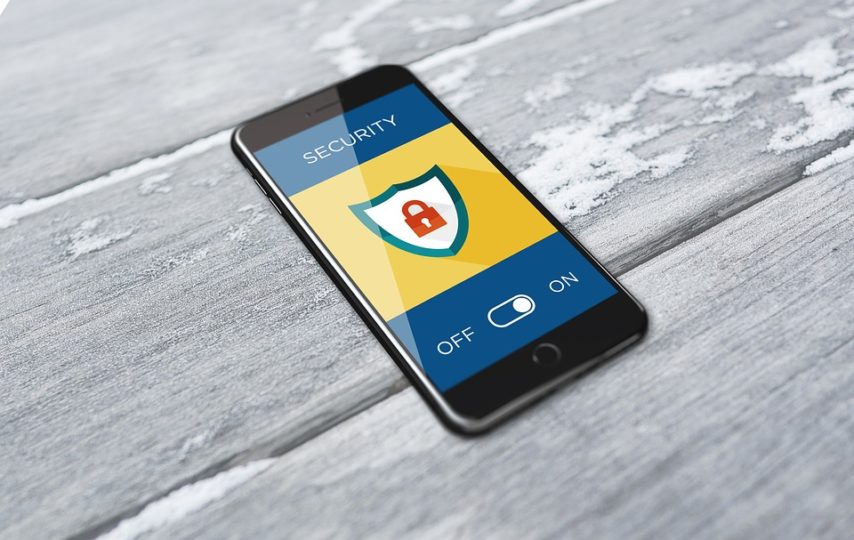1.Write Strong Hack-proof Code
It is quite important to write a strong hack-proof code for your app, as hackers always try to explore vulnerabilities in the application’s coding and hang the sensitive data. There are some extensive set of secure coding practices and guidelines that must be followed by each app developer to make a secured application. Take an example of JavaScript code, it is quite easy to read and it can be hacked easily. In such cases, Code Signing certificates role come into play that encrypts the app code which cannot be accessed by anyone else. Code Signing certificate offers cryptographic security to the application code against the amendment, and identify the author of the software. The Code Signing certificate prevents mobile application from a large number of cyber attacks.
2. Wisely Use Third-Party Libraries
Nowadays, third-party libraries are used by some mobile app development companies to develop an app as they are easy to use and quite convenient. But, it is advised not to use these libraries, as they may have malicious code lurking around them. If you really need to buy the code from these libraries, you must thoroughly check the codes before integrating it with your own mobile app code to protect your mobile app from being hacked.
Also Visit: Five Free Medical Apps For Android in the USA
3. Ensure Secure Communications

Another main issue that mobile application developer industries face is sensitive data is hacked during transmitting between an app server and app user. Thus, most of the app developers use SSL certificate to encrypt the sensitive data that is transmitted between an app user and an app server. An SSL certificate does not ensure only secure communication between an app user and an app server but also increase app credibility and conversion rate. Even if the data is stolen, hackers cannot decrypt the data and cannot use it anywhere in their misdeeds.
4. Use Multi-Factor Authentication
Multi-factor authentication or two-step verification is the most eminent security measure that is used in both web applications and mobile applications. In Multi-factor authentication, one additional step is added into the login process to secure users’ accounts from hackers. An SMS including an OTP is sent to the user’s mobile while logging process and a user have to enter the password along with an OTP for opening the account. The primary benefits of multi-factor authentication are it strengthens the app security and simplifies the Login Process.
5. Develop Suspicious Activities Detection Techniques
Advance preparation should be done to protect your application from any outside threat. Usually, hackers add malicious code into a mobile app to get access to the data, and then they publish it elsewhere. Therefore, Anti-code tempering software should be installed on your mobile app so that you get warned when any suspicious activity is detected. Anti-code tempering software identifies the app installer, verifies the signature on an app at runtime, performs environment checks, etc.
6. Give Restricted Access To The App Code
The application code is the most vulnerable asset of your application that can be easily threatened. So, for your application code security, you must have restricted access to the code. Just provide the code access to those only who are proposed to receive them. The more access you give the more chances of code tempering.
7. Think Before Storing Sensitive Data
Like web applications, mobile apps receive plenty of sensitive information from its user such as; credit card number, email, address, identity number, etc. Make sure not to store this sensitive information on your app server, because it may amplify your risk levels. If it is necessary to save any sensitive information, it should be saved on encrypted data containers or key chains. Moreover, you can hand over the sensitive data to a third-party provider because they have the most advanced security measures to protect your sensitive data from prying eyes.
8. Have Proper Session Management
It is quite crucial to have proper session management because the sessions on mobile devices are a bit longer than the desktop session. Moreover, there is no guarantee that the data you store in a session is only seen by you, it might be viewed by anyone else. Thus, you have to take some extra security steps for defending the privacy of the session. You can protect the session with the help of tokens rather than identifiers. Furthermore, your mobile app must have an automatic wipe off and log off the ability to protect data of lost devices.
9. Use The Latest Cryptography Techniques
The most preferred cryptography algorithms like SHA1 and MD5 do not provide sufficient security to the most modern mobile applications. Thus, always stay up-to-date with the security algorithm technology that you are using. If it is feasible, make sure to adopt the latest encryption methods such as SHA-256 for hashing and AES with 256-bit encryption.
10. Test Repeatedly
You must test your application frequently to adopt new changes and security trends. For full-fledged security features, you should execute threat modeling and manual penetration testing on your mobile app.
Conclusion
All these security features must be followed if you really want to develop the most secure mobile application of 2019. The more secure your mobile app will be, the more users you will have on your app.








